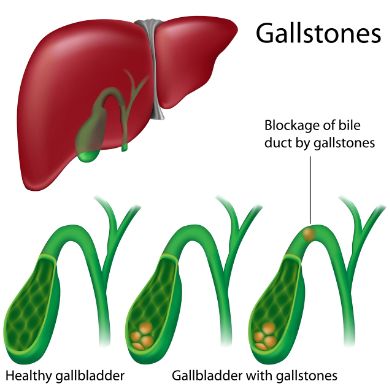Does bare exposure to sunshine really cause skin cancer? The mechanisms of DNA self-repairing

By Aaron Wang
Sunscreen has become more and more common in the society nowadays. Before Professor Franz Greiter invented sunscreen in 1946 [1], overexposure to sunlight did not cause skin cancer on a large scale, so why do we need sunscreen anyways, and what is the mechanism between sunlight and skin cancer?
What is Ultraviolet?
Ultraviolet light presented in sunlight is divided into three subgroups, UVA, UVB, and UVC. UVB (280-315 nm) directly affects the DNA bandings by causing CBDs (cyclobutene pyrimidine dimers), a type of organic compound usually seen in medicinal chemistry, to form. The name cyclobutene pyrimidine dimers could be split into three separate words, cyclobutene, as its name suggests, cyclobutene is a molecule with the given general formula C4H6. Pyrimidine is cytosine or thymine, a type of base in DNA molecules. Dimers is a compound formed by the union of two radicals or two molecules of a simpler compound. Combined, these three words depict a molecule formed when two pyrimidines (cytosine or thymine) are covalently bonded to each other [2], resulting in a cyclic structure as shown below. [3]

DNA damage and DNA repair
The disruption of DNA structure could potentially cause mutations and lead to malfunction in the skin that was exposed to UV light. However, DNA repair enzymes in our skin prevent most damage caused by this. First, a group of enzymes detect the damaged DNA, this causes the nuclease enzyme to cut the damaged DNA at two points, removing the damaged section. After removal, repair synthesis by a DNA polymerase fills the nucleotides, using the other undamaged complementary strand as a base. Finally, DNA ligase seals the gaps caused by cleavages, and the DNA is repaired. With these enzymes at work, our body could self-repair most of the time. [4]
The importance of this group of enzymes is understood by a rare autosomal recessive disease called XP (xeroderma pigmentosum). In this disease, an inherited mutation causes defects in the nucleotide excision repair enzyme, which is the system mentioned above. Patients carrying this disease are hypersensitive to light [4] as mutations caused by UV light are left untreated, often causing skin cancer.
:max_bytes(150000):strip_icc()/xeroderma-pigmentosum-overview-5206149-DD-Final_2-92556ee991f54a4f9879f78afcc7b289.jpg)
To wrap up, even though the majority of humans have nucleotide excision repair, it is still important to put sunscreen when going out to intense heat, because the enzymes are essentially coded by DNA as well, and any defects of these could lead to skin cancer in the long run.
So, remember to bring your sunscreen before you go to the beach next time!
Citations:
[1] Drissi, M., Carr, E., & Housewright, C. (2021, September 1). Sunscreen: A brief walk through history. Proceedings (Baylor University. Medical Center). https://www.ncbi.nlm.nih.gov/pmc/articles/PMC8682817/
[2] Subramanian, Dr. S. (2019b, February 26). The mechanism of DNA damage by UV radiation. News. https://www.news-medical.net/life-sciences/The-Mechanism-of-DNA-Damage-by-UV-Radiation.aspx
[3] Home. College of Arts and Sciences. (n.d.). http://www.asc.ohio-state.edu/
[4] Urry, L. A., Cain, M. L., Wasserman, S. A., Minorsky, P. V., Orr, R. B., & Campbell, N. A. (2021). Campbell Biology. Pearson.




